Very Short Answers - Friction | Science Class 8 PDF Download
Q.1. What is a force of friction?
The force acting on a moving body which acts opposite to the direction of motion is called the force of friction.
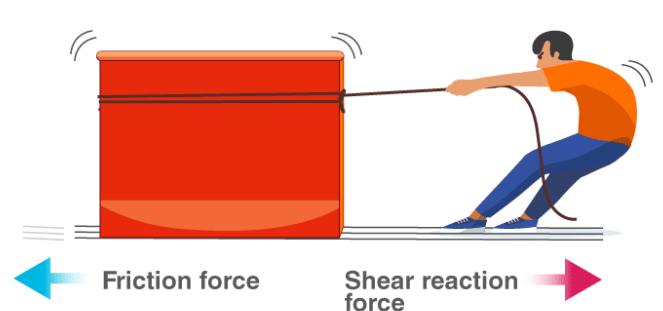
Q.2. Is friction the same for all surfaces?
No, friction is not the same for all surfaces.
Q.3. Does friction depend on the nature of objects?
Yes, friction depends on the nature of objects.

Q.4. Does friction depend on the smoothness of the surface?
Yes, friction depends on the smoothness of the surface.
Q.5. Which surface produces more friction?
A rough surface produces more friction.
Q.6. Which type of surface produces less friction?
A smooth surface produces less friction.
Q.7. What is the direction of frictional force?
The direction of frictional force is opposite to the motion.
Q.8. What is the cause of friction between two surfaces?
Friction is caused by the irregularities on the two surfaces in contact.
Q.9. Which surface has more irregularities, smooth or rough surface?
The rough surface has more irregularities.
Q.10. How many types of friction are there?
There are three types of friction:
(i) Static friction
(ii) Sliding friction
(iii) Rolling friction
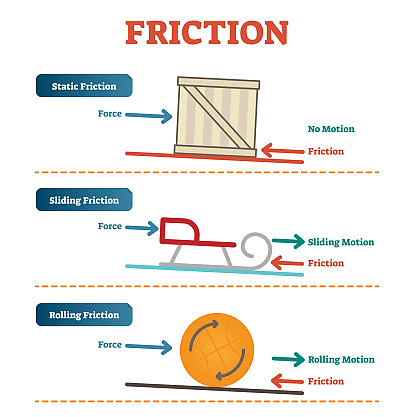
Q.11. Which is less, sliding friction or static friction?
Sliding friction is smaller than static friction.
Q.12. Which force helps to write by chalk on the blackboard?
Frictional force.
Q.13. Which is easier to hold, an earthen pot or a glass tumbler?
Holding an earthen pot is easier than holding a glass tumbler.
Q.14. Why is it difficult to move on a wet marble floor?
The wet marble floor has less friction, so it is difficult to move on it.
Q.15. What does friction do to the soles of our shoes?
Friction causes wear and tear in the soles of our shoes.
Q.16. Why does a matchstick catch fire when it is rubbed on a rough surface?
Matchstick catches fire due to friction. Two rough surfaces are rubbed against each other in presence of chemicals causing the matchstkck to make a fire.
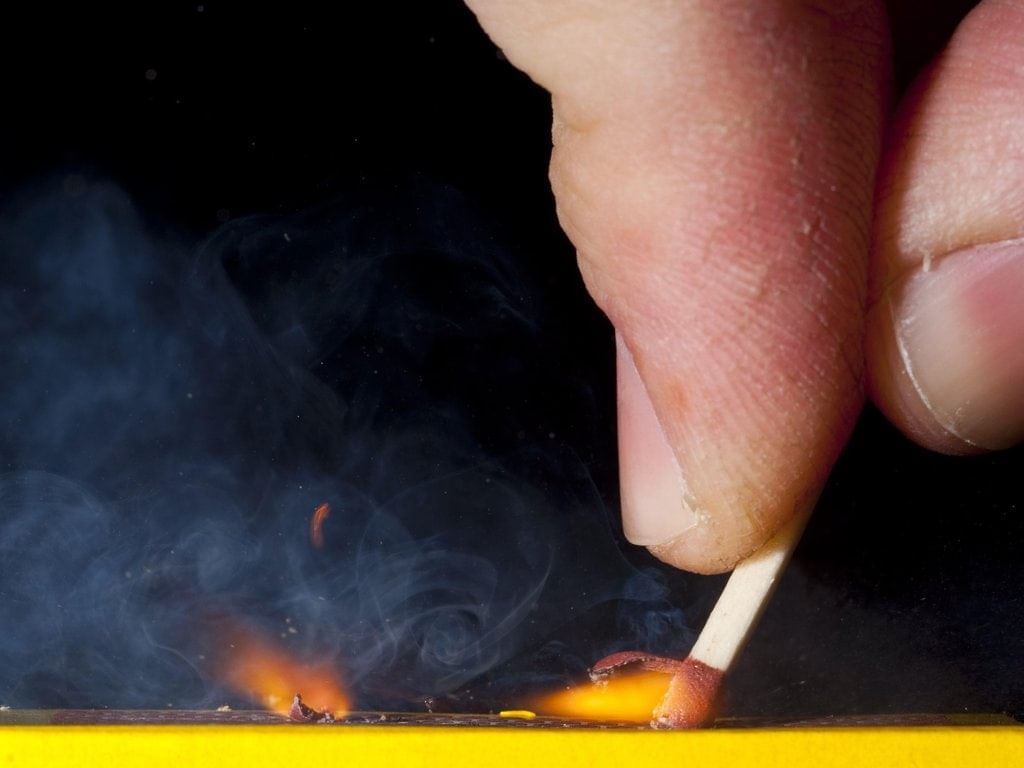
Q.17. What happens when there is no friction between the chalk and the blackboard?
We cannot write on the blackboard.
Q.18. What would happen when an object starts moving if there is no friction?
The object would never stop if there is no friction.
Q.19. What does friction produce?
Friction produces Heat.
Q.20. Write one harm of friction.
Friction wears out the materials, like machine parts.
Q.21. Why does the jar of a mixer become hot when it is run for a few minutes?
The jar of a mixer becomes hot due to friction.
Q.22. Why do the tyres of cars and trucks are treaded?
The treaded tyres of cars and trucks provide better grip on the ground.
Q . 23. Why do Kabaddi players rub their hands with soil?
Kabaddi players rub their hands with soil for a better grip on their opponents.
Q.24. Give two examples where friction is undesirable.
(i) We sprinkle the fine powder on the carrom board to reduce friction.
(ii) Drops of oil are poured on the hinges of a door so that the door moves smoothly.
Q.25. What do you mean by lubricants?
The substances which are used to reduce friction are called lubricants.
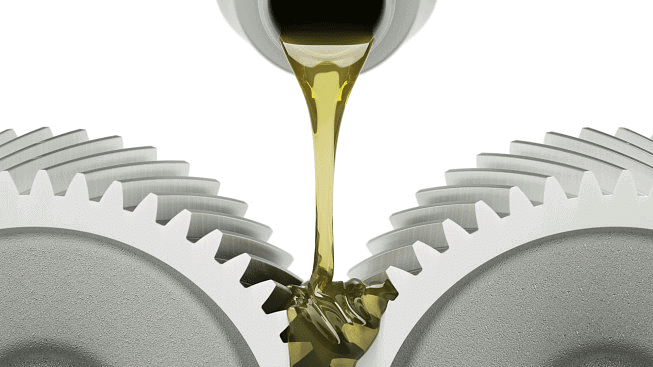
Q.26. Why are oil, creams, and grease called lubricants?
Oil, creams, and grease are called lubricants because they reduce friction.
Q.27. How are the shoes made to counter the friction and make a better grip?
They have grooves on their soles.

Q.28. What is used in cycle brakes to increase friction?
Brake pads.
Q.29. Name the substance which is used in the carrom board to reduce friction.
Talcum powder.
Q.30. What is avoided between two surfaces to make movement smooth?
The interlocking of irregularities is avoided.
Q.31. Can we eliminate friction completely?
No, we cannot eliminate friction completely.
Q.32. What is used to reduce friction in machines where lubrication is not advisable?
Air cushion.
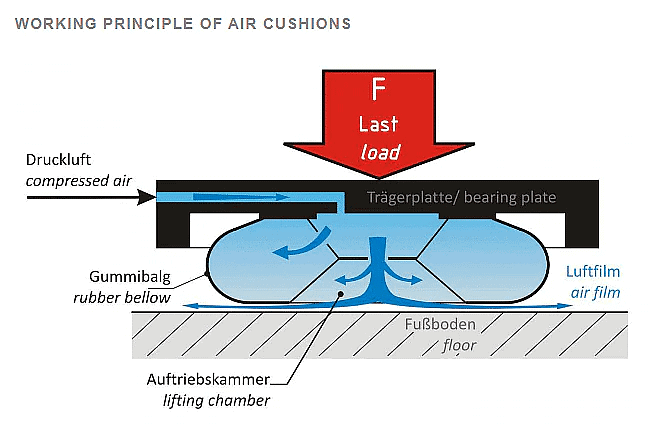
Q.33. Why do pieces of luggage fitted with rollers?
Pieces of luggage are fitted with rollers to reduce single friction so that children can pull such pieces of luggage readily.
Q.34. Name two methods of reducing friction.
(i) By rolling
(ii) By sliding.
Q.35. How is sliding friction replaced by rolling in machines?
By using ball bearings or roller bearings.
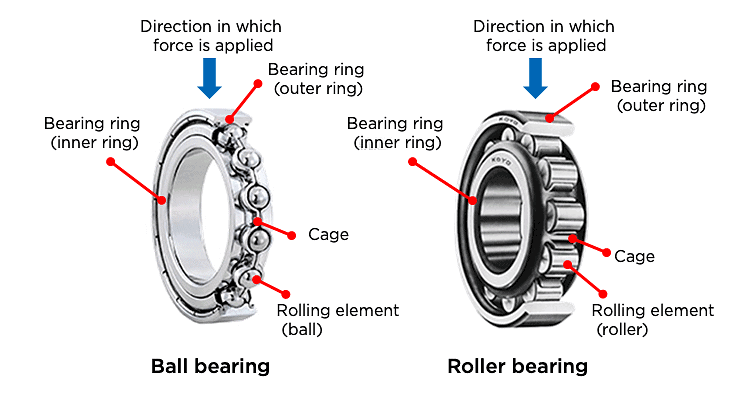
Q.36. Name any machine in which a ball bearing is used to reduce friction.
Ceiling fan.
Q.37. What is drag?
The frictional force exerted by fluids is called drag.
Q.38. What are fluids?
Commonly gases and liquids are called fluids.
Q.39. What does frictional force exerted on an object in a fluid depend on?
Friction depends on the speed with respect to the fluid and the nature of the fluid.
Q.40. Name the special shape given to objects moving in a fluid.
Streamlined shape.
Q.41. Name some objects which have streamlined bodies.
Boats, airplanes, and ships.
Ships have streamlined body
Q.42. When does rolling friction come into play?
When a body rolls on another body then rolling friction comes into play.
|
90 videos|296 docs|44 tests
|
FAQs on Very Short Answers - Friction - Science Class 8
| 1. What is friction? |  |
| 2. How does friction affect the movement of objects? |  |
| 3. What are the different types of friction? |  |
| 4. How can friction be reduced? |  |
| 5. What are some real-life examples of friction? |  |






















